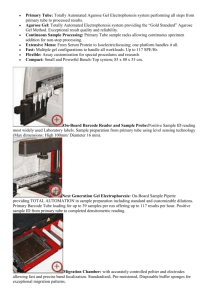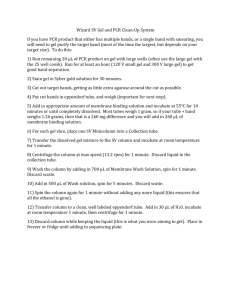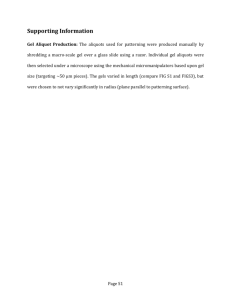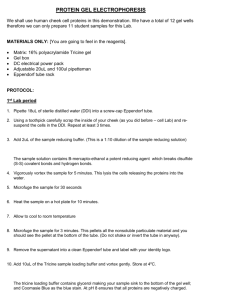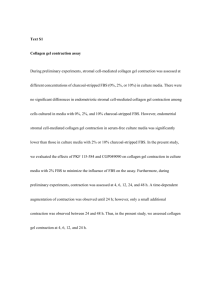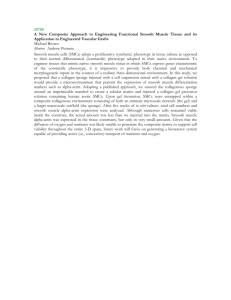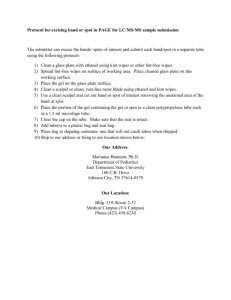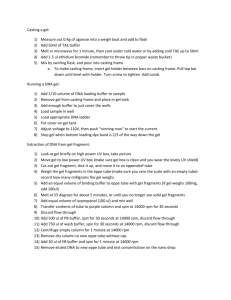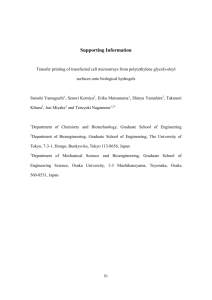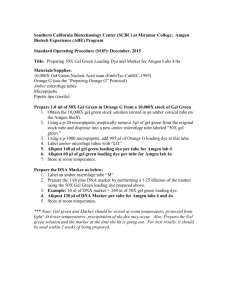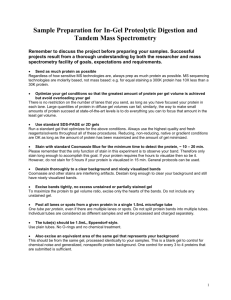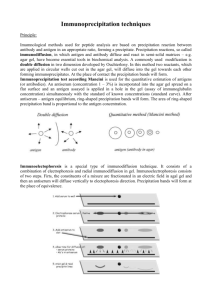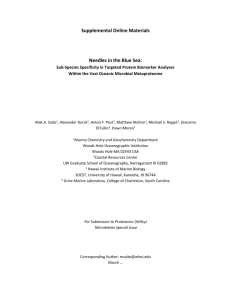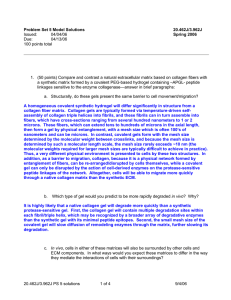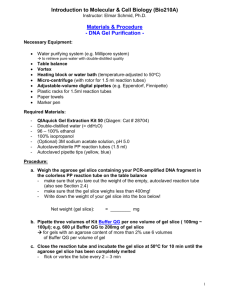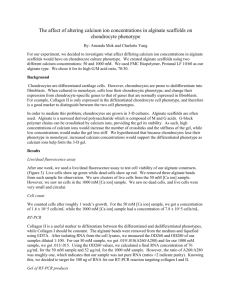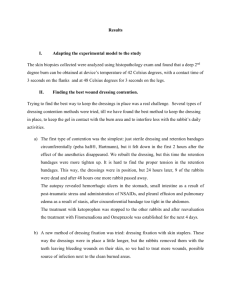Project Info
advertisement
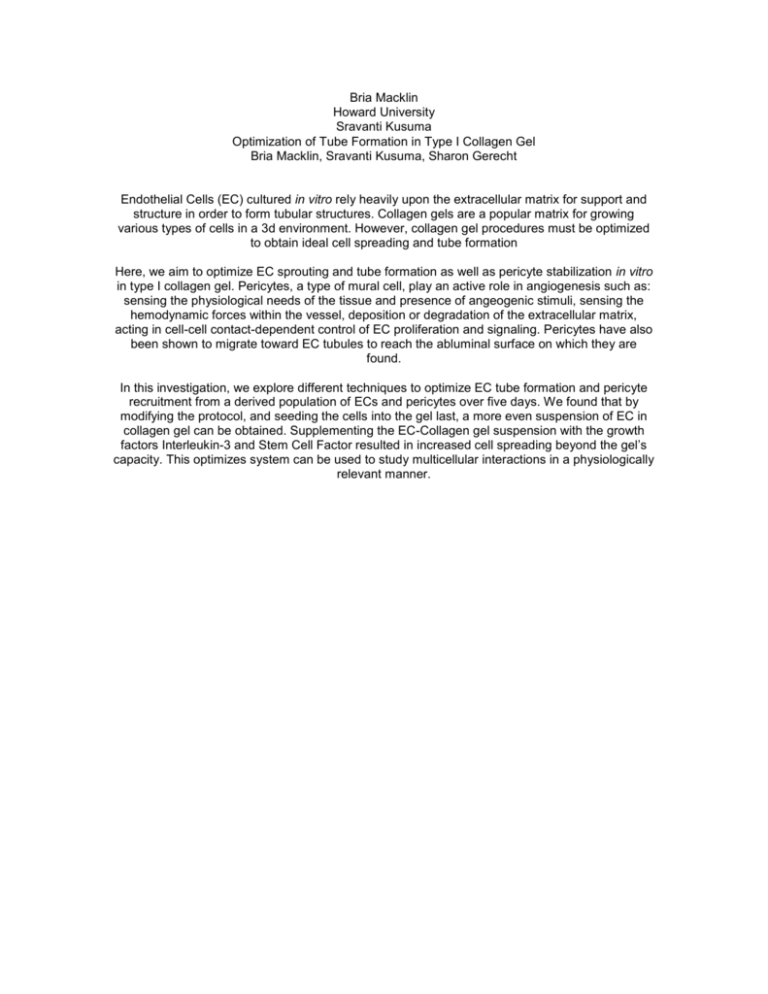
Bria Macklin Howard University Sravanti Kusuma Optimization of Tube Formation in Type I Collagen Gel Bria Macklin, Sravanti Kusuma, Sharon Gerecht Endothelial Cells (EC) cultured in vitro rely heavily upon the extracellular matrix for support and structure in order to form tubular structures. Collagen gels are a popular matrix for growing various types of cells in a 3d environment. However, collagen gel procedures must be optimized to obtain ideal cell spreading and tube formation Here, we aim to optimize EC sprouting and tube formation as well as pericyte stabilization in vitro in type I collagen gel. Pericytes, a type of mural cell, play an active role in angiogenesis such as: sensing the physiological needs of the tissue and presence of angeogenic stimuli, sensing the hemodynamic forces within the vessel, deposition or degradation of the extracellular matrix, acting in cell-cell contact-dependent control of EC proliferation and signaling. Pericytes have also been shown to migrate toward EC tubules to reach the abluminal surface on which they are found. In this investigation, we explore different techniques to optimize EC tube formation and pericyte recruitment from a derived population of ECs and pericytes over five days. We found that by modifying the protocol, and seeding the cells into the gel last, a more even suspension of EC in collagen gel can be obtained. Supplementing the EC-Collagen gel suspension with the growth factors Interleukin-3 and Stem Cell Factor resulted in increased cell spreading beyond the gel’s capacity. This optimizes system can be used to study multicellular interactions in a physiologically relevant manner.
